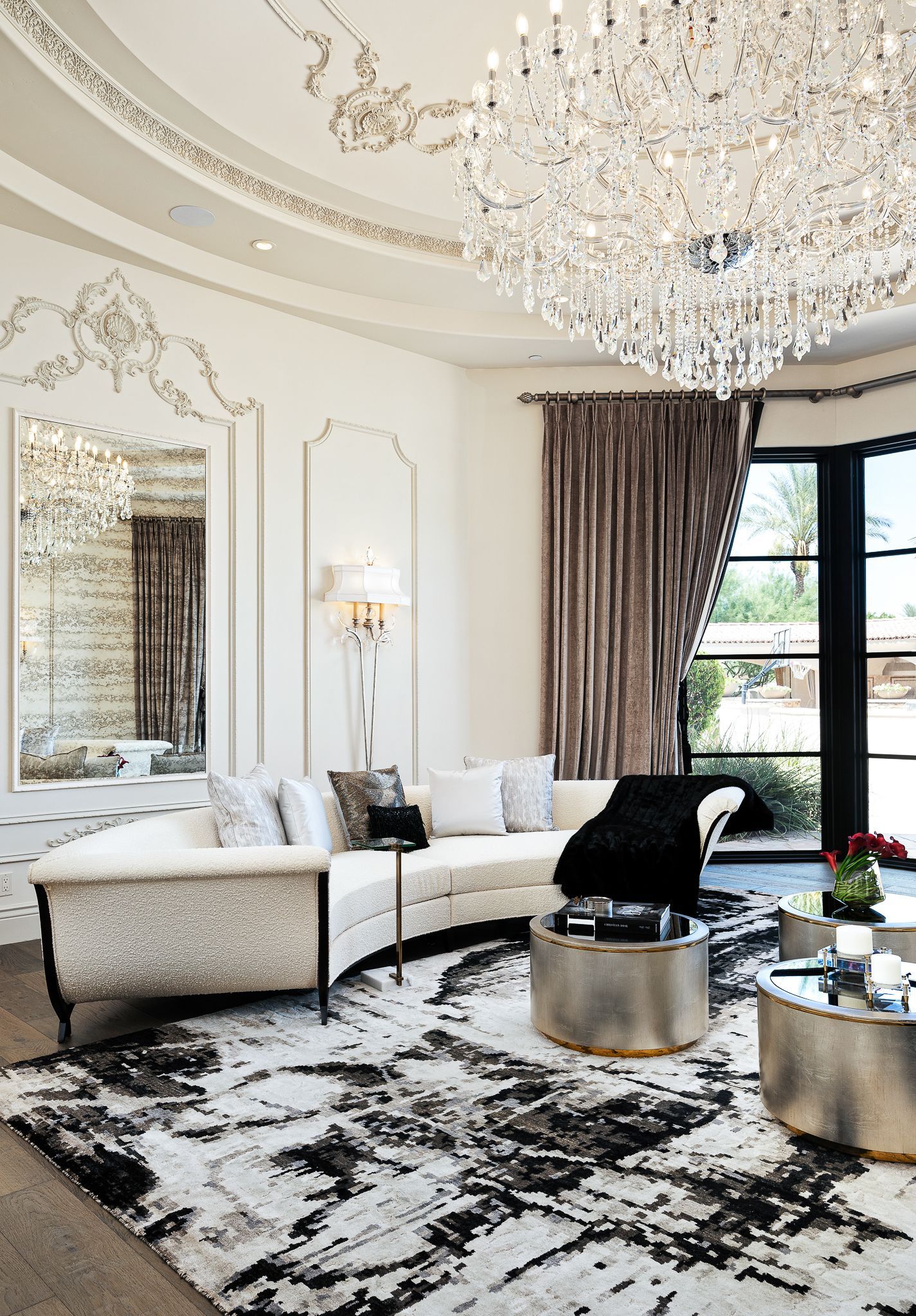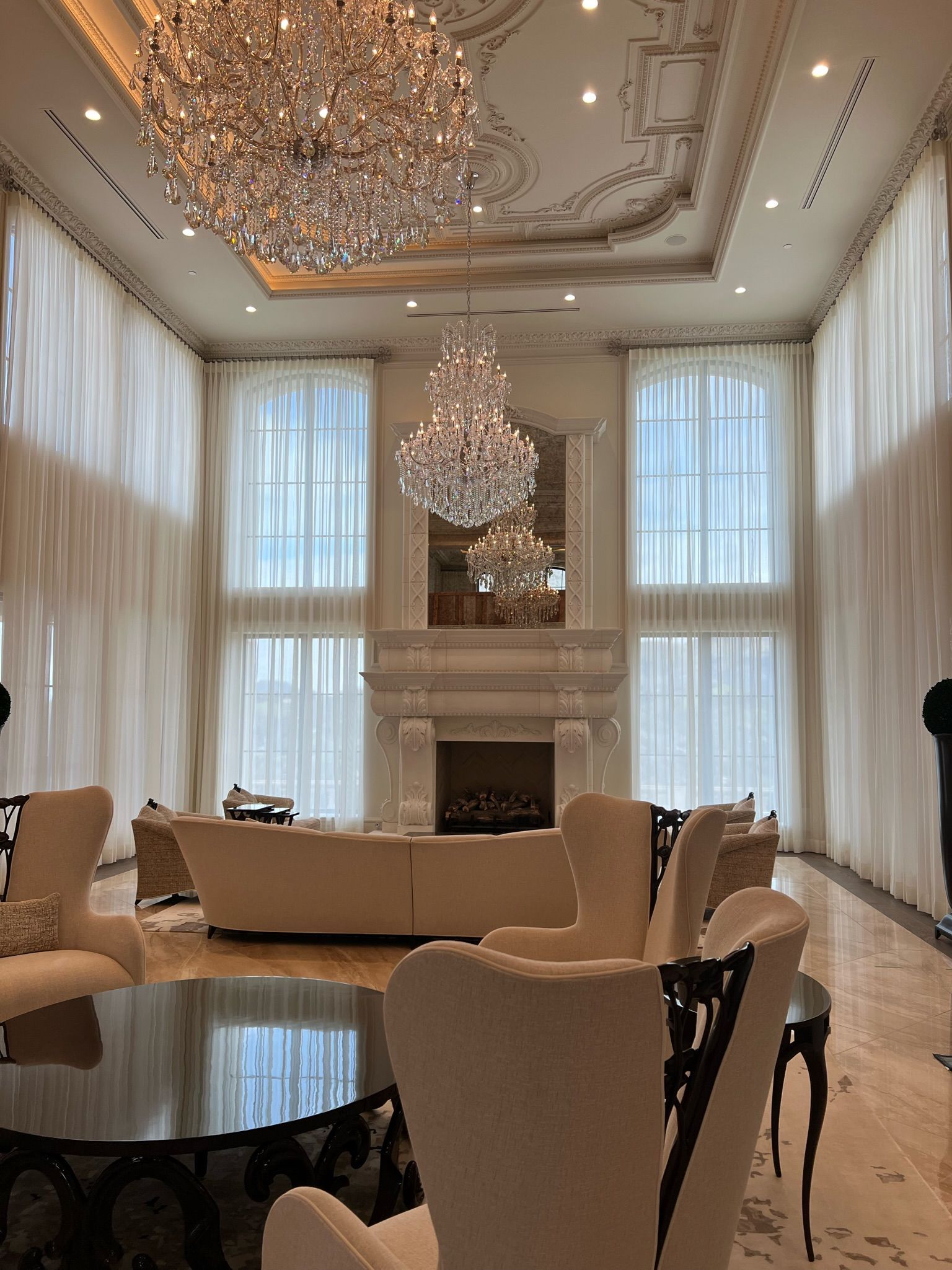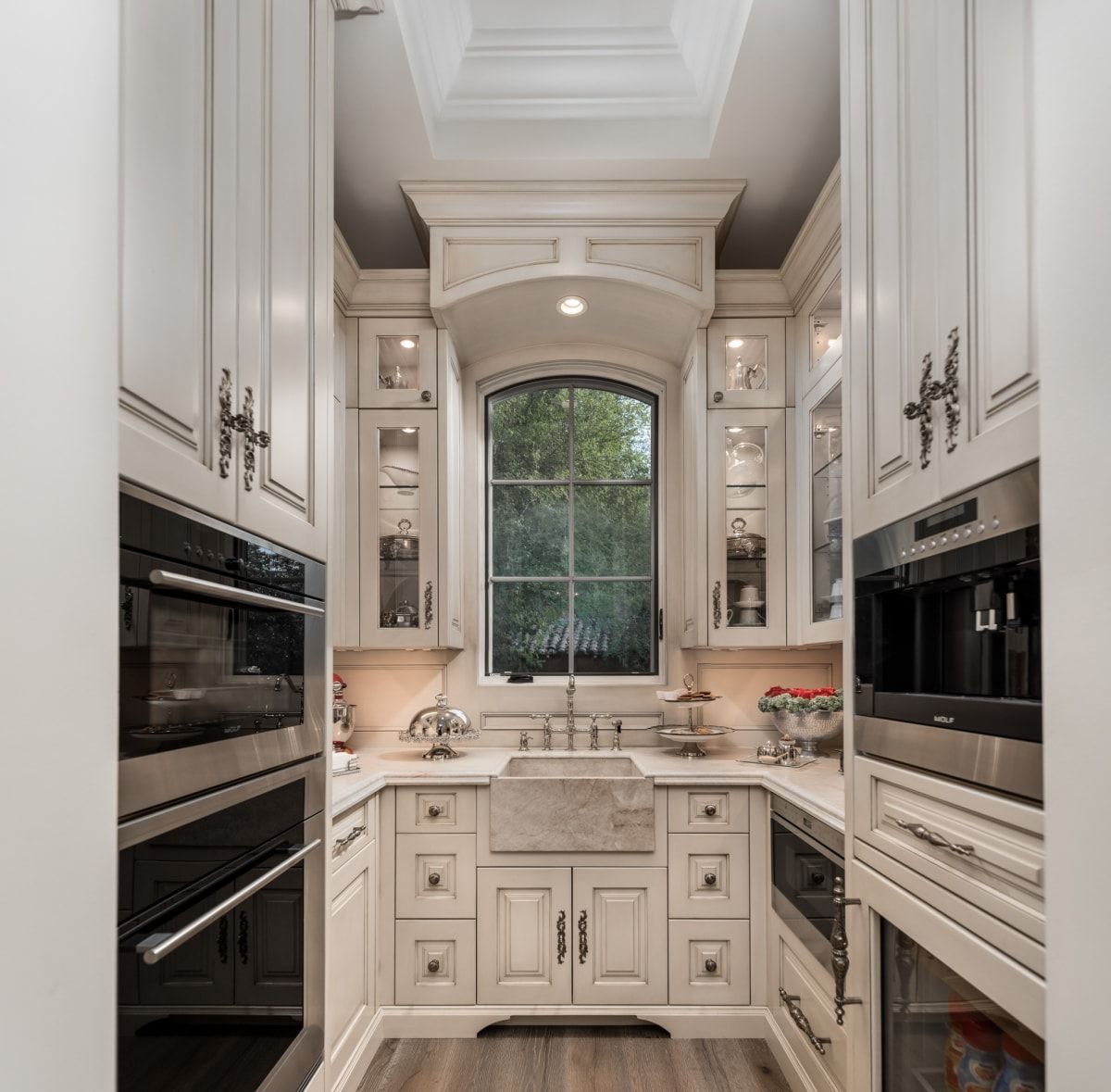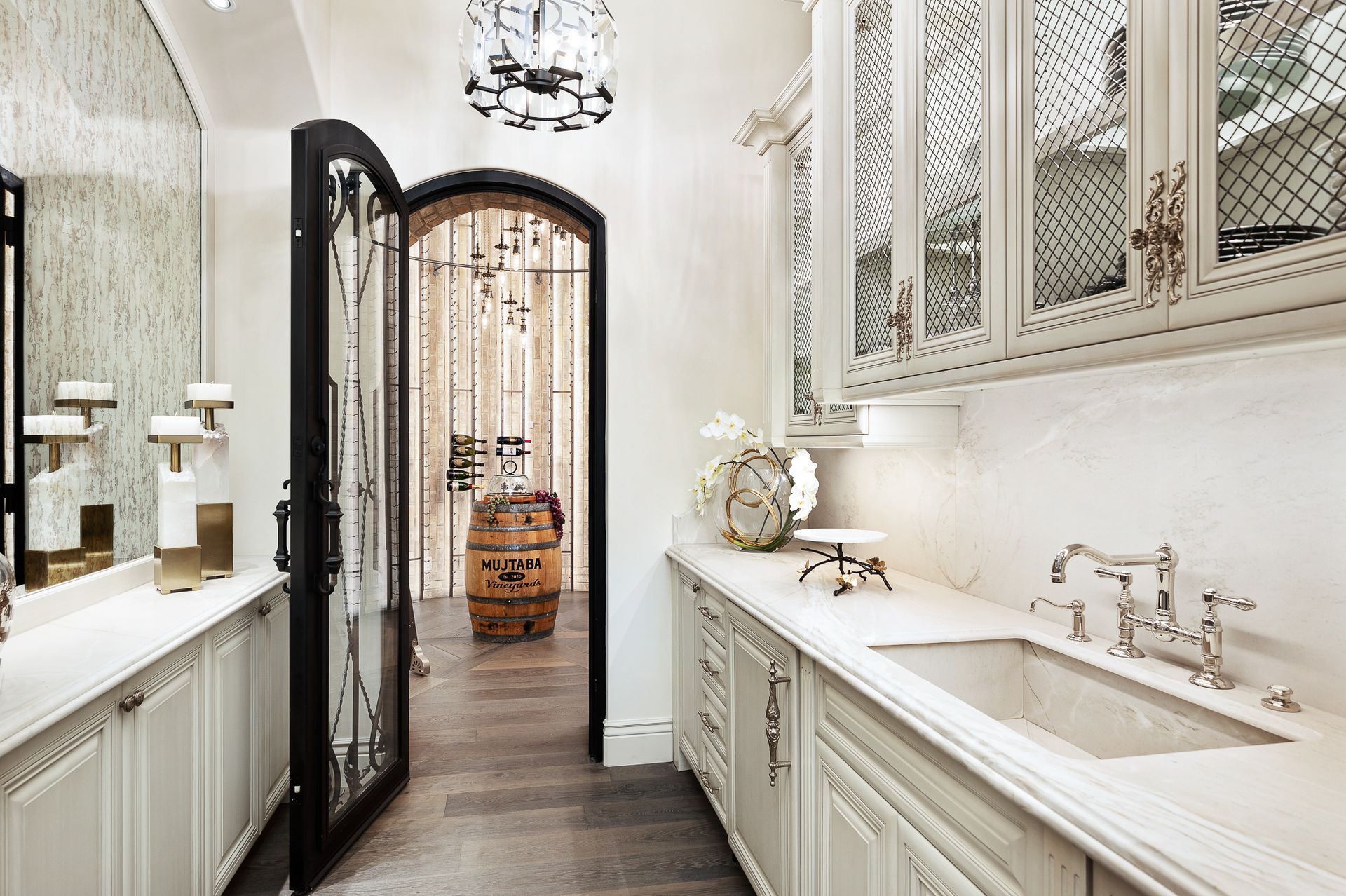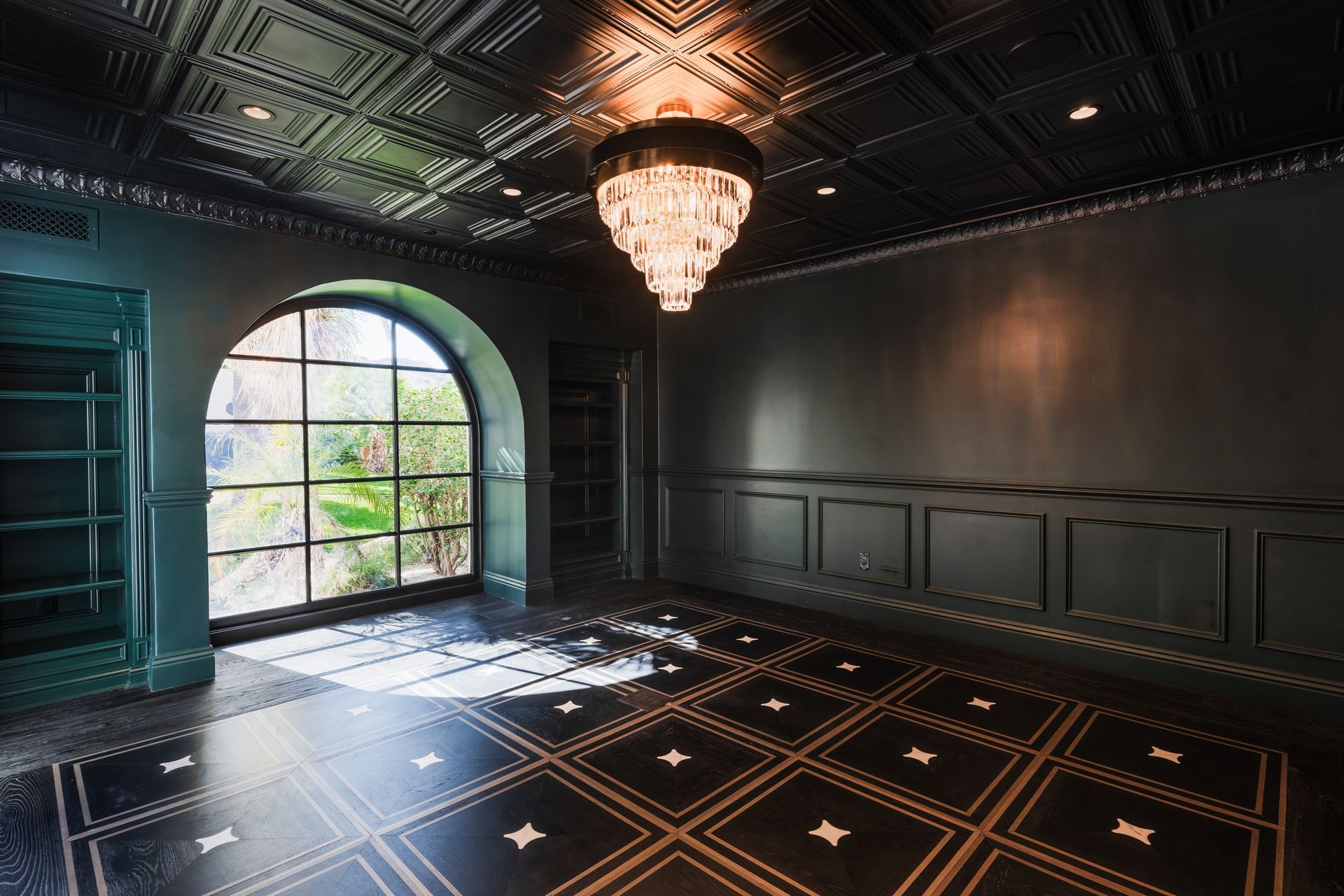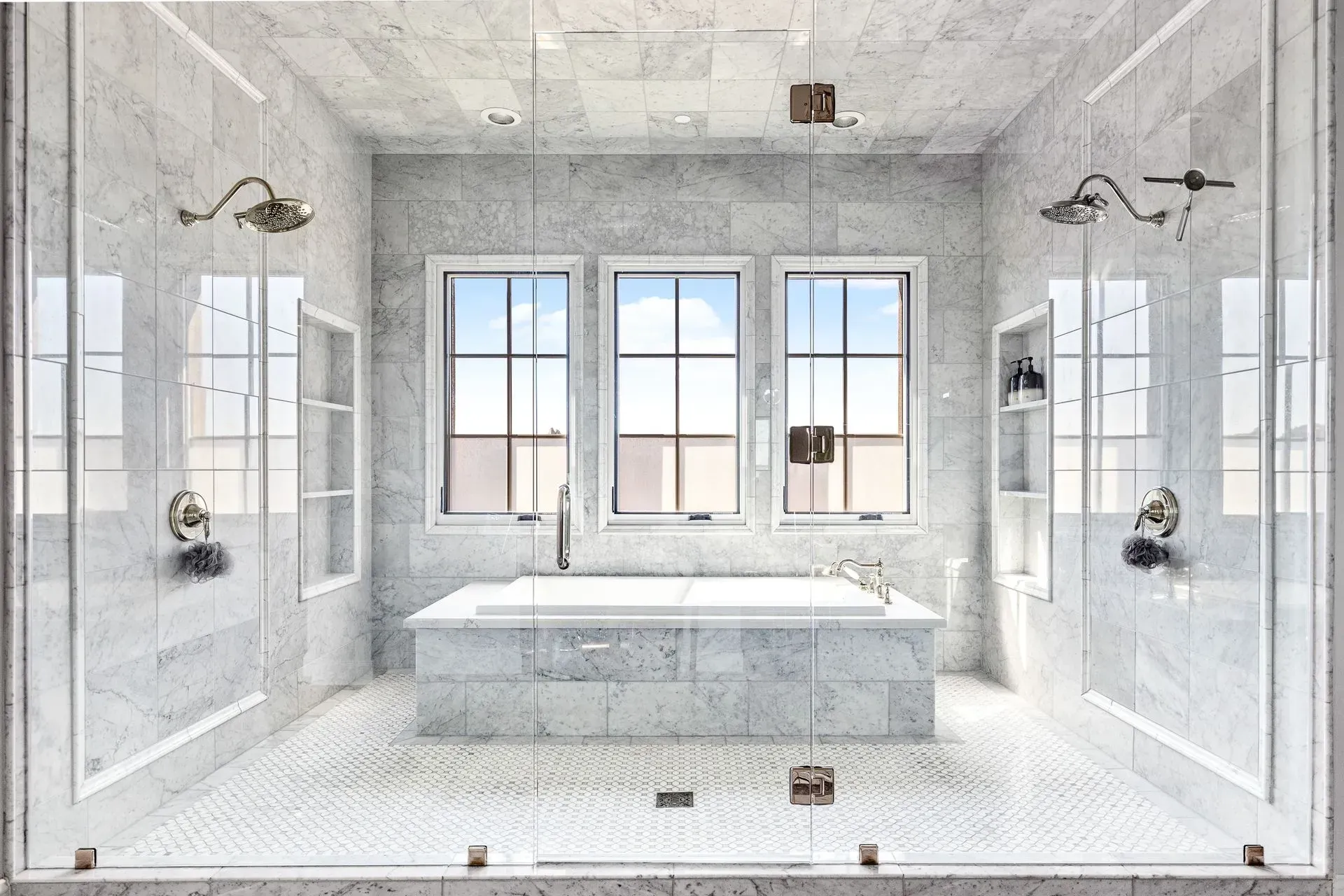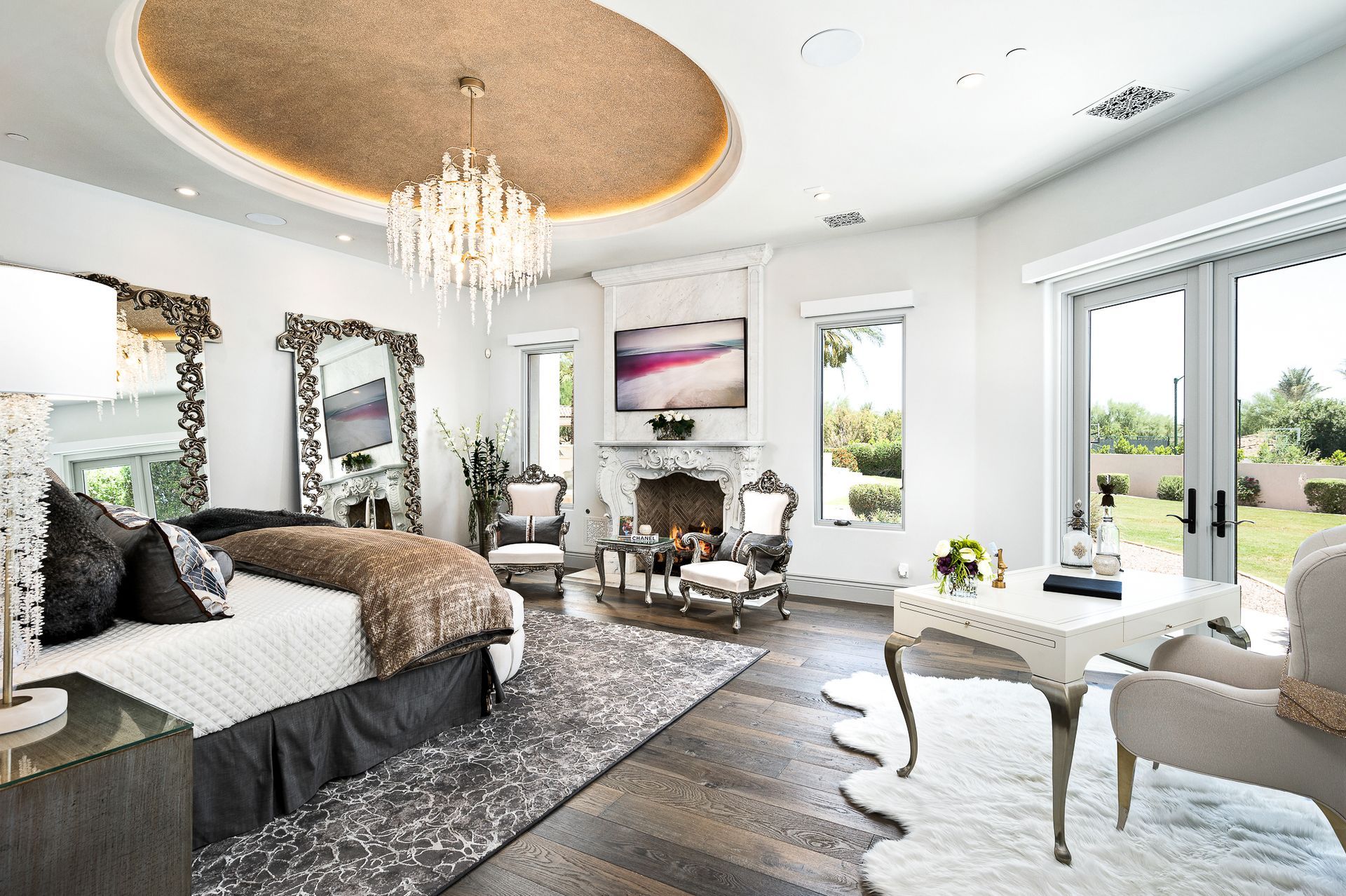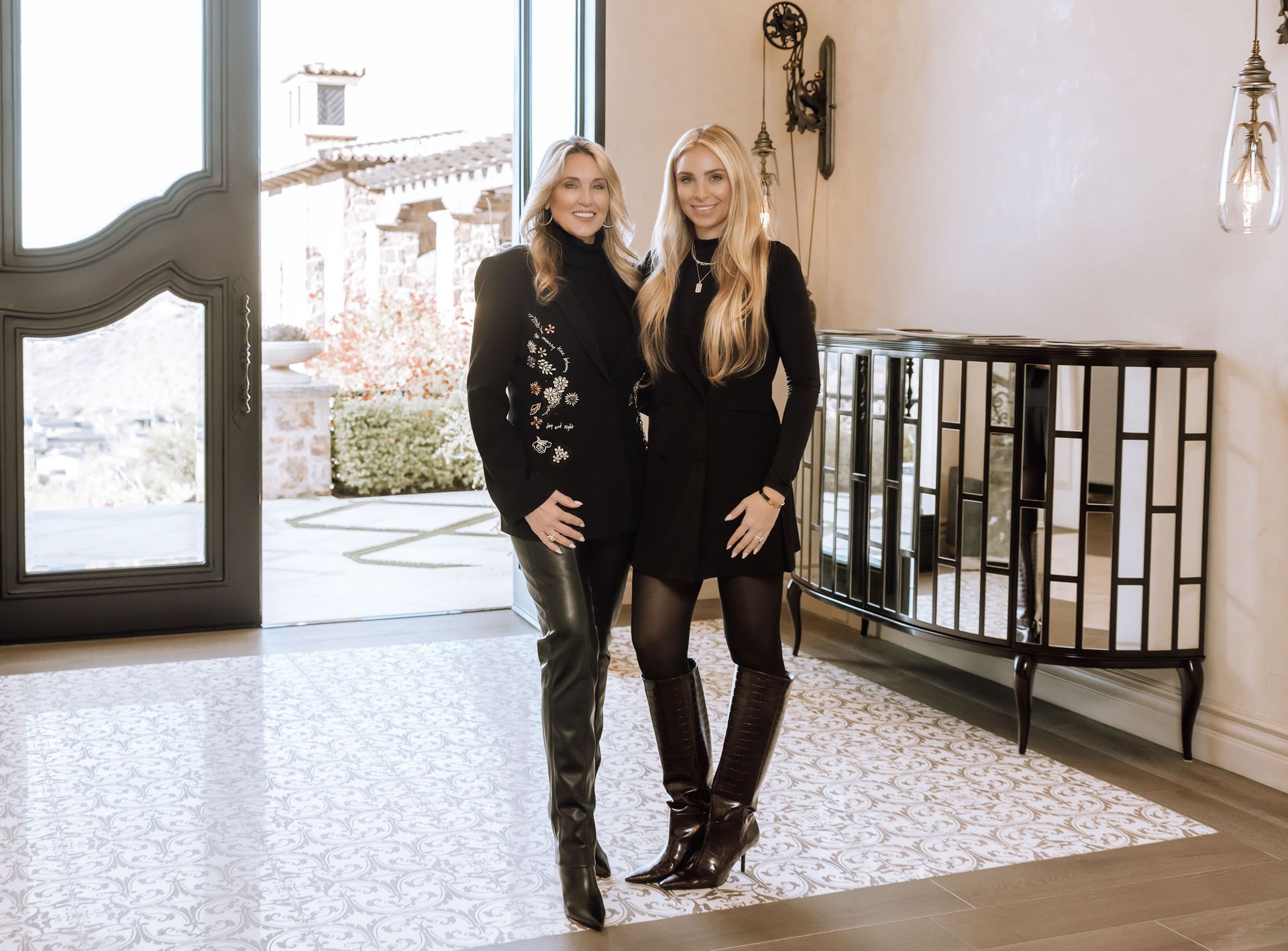The Best of Both Worlds: Mastering Transitional Interior Design
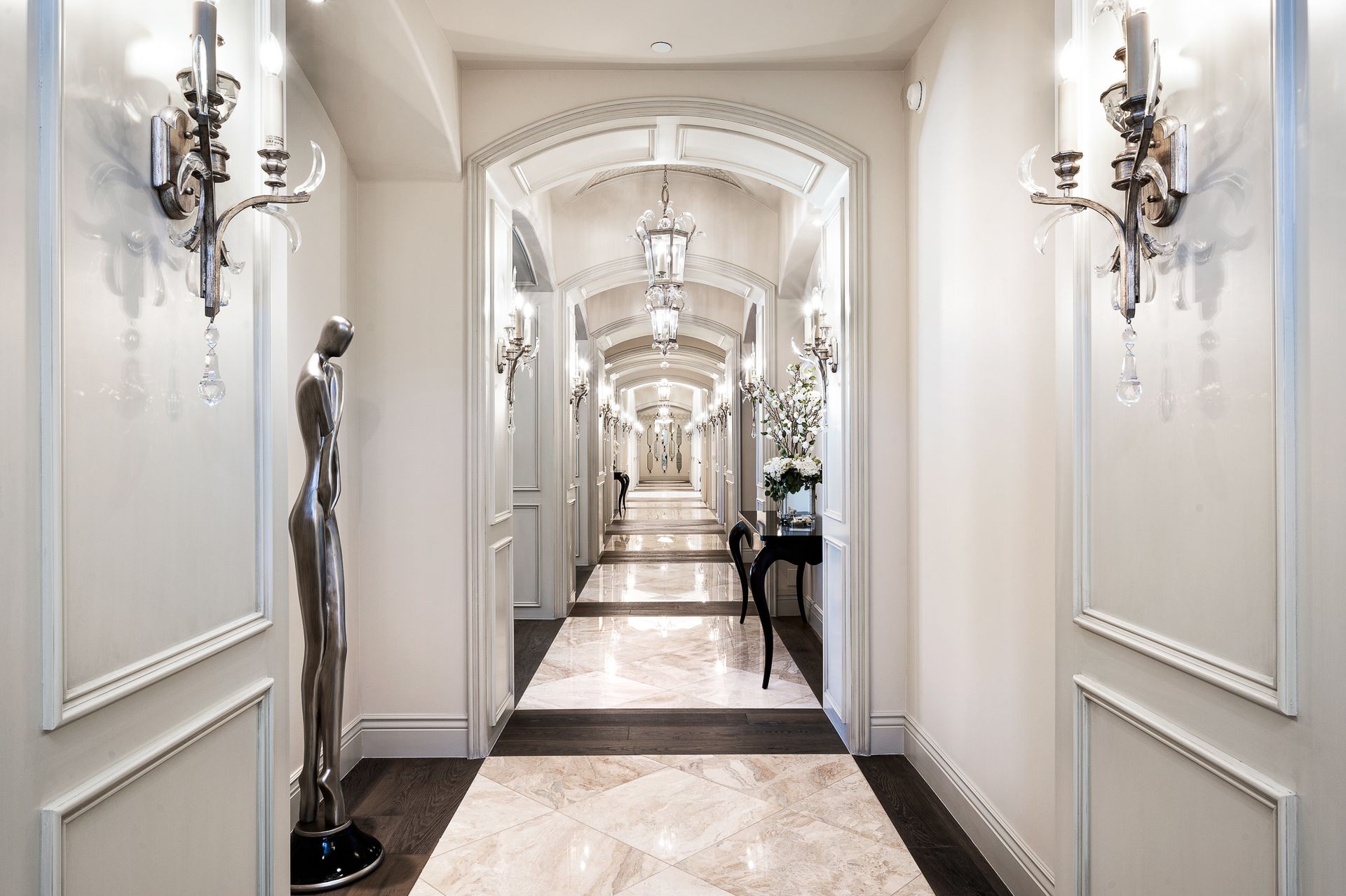
At Fratantoni Interior Designers, we’ve built our reputation on the art of balance, merging timeless elegance with contemporary sensibilities to create interiors that feel both fresh and enduring. With over three decades of experience designing luxury homes across Scottsdale, New York, Texas, Florida, Hawaii, and beyond, we’ve mastered the ability to bridge styles seamlessly.
Our approach to transitional interior design reflects this expertise. It’s about combining the warmth and detail of traditional interiors with the clean lines and open feel of modern design. The result is a space that feels inviting yet refined, timeless yet current, perfect for homeowners who love the sophistication of classic design but crave the simplicity and functionality of contemporary living.
Why Choose Between Traditional and Modern When You Can Have Both?
Many homeowners find themselves drawn to the craftsmanship and detail of traditional interiors but also appreciate the uncluttered elegance of modern spaces. Choosing one over the other can feel like giving up part of your design personality.
That’s where transitional interior design comes in. This design style offers the best of both worlds, allowing you to mix the warmth of tradition with the sleekness of modernity, without creating visual conflict. Done right, transitional design feels effortless, curated, and welcoming, with a sense of harmony that stands the test of time.
Understanding Transitional Interior Design
Transitional design is not about a 50/50 split between traditional and modern, it’s about intentional blending to create a cohesive look. Key elements include:
- Neutral Color Palettes: Soft whites, warm beiges, and muted grays as a base.
- Balanced Furniture: Combining classic silhouettes with clean, modern lines.
- Layered Textures: Mixing natural fibers, wood, glass, and metal.
- Minimal Ornamentation: Subtle trims and details rather than ornate carvings.
- Statement Lighting: Fixtures that bridge traditional craftsmanship with modern shapes.
Why Transitional Design Works for Luxury Homes
1. Timeless Appeal
By avoiding extremes, transitional interiors remain stylish for decades.
2. Versatility
Works with a variety of architectural styles, from Mediterranean estates to modern builds.
3. Comfort and Elegance
Spaces are both livable and luxurious, never feeling overly formal or cold.
4. Personalization
Allows for incorporating heirloom pieces or unique art alongside modern accents.
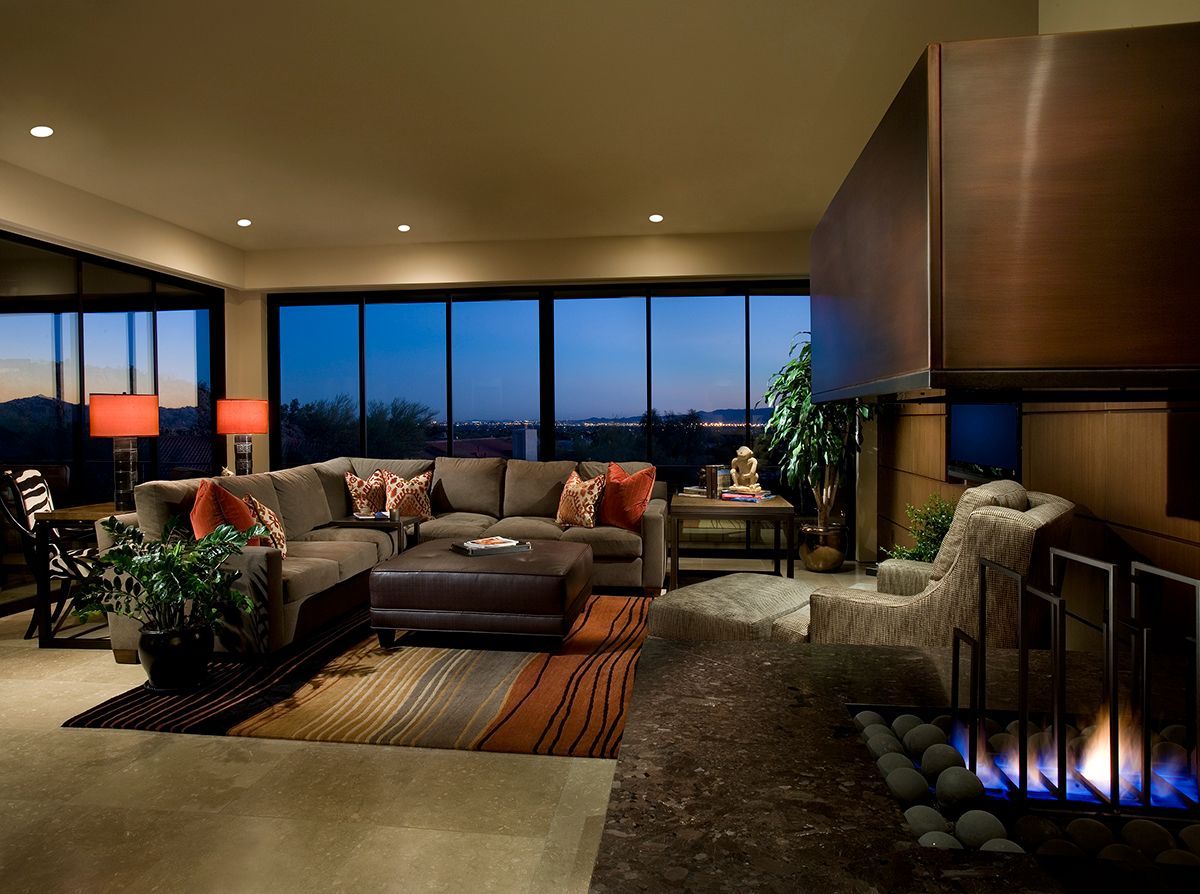
Real-Life Story: The Amber Gem Estate
One of our favorite examples of transitional design is our Amber Gem Estate project. The homeowners loved traditional craftsmanship but wanted a fresher, more modern feel for their family’s lifestyle.
We began with a neutral foundation, soft cream walls, warm oak flooring, and sleek stone accents. Traditional elements appeared in the form of custom millwork, paneled walls, and detailed crown molding. To balance it, we introduced modern furniture silhouettes with clean edges, contemporary lighting fixtures, and a restrained color palette punctuated by subtle metallic accents.
The result was a home that felt both inviting and elegant, honoring the timeless appeal of traditional design while embracing the functionality and openness of modern living. Guests often describe it as “classic, but with a fresh twist”, exactly what transitional design should be.
Steps to Mastering Transitional Interior Design
Step 1: Start with a Neutral Base
Choose wall colors and flooring that can support both traditional and modern pieces.
Step 2: Mix Furniture Styles Thoughtfully
Pair a classic tufted sofa with a modern glass coffee table, or combine sleek dining chairs with a traditional wood table.
Step 3: Layer in Textures
Mix fabrics like linen, velvet, and leather with natural wood, stone, and metal for depth.
Step 4: Keep Accessories Minimal
Opt for fewer, high-quality accessories instead of cluttering the space.
Step 5: Invest in Statement Lighting
Choose fixtures that blend elements of both styles, like a modern chandelier with traditional brass finishes.
Transitional Design Essentials for Luxury Homes
- Neutral Color Schemes – Foundation for blending different styles seamlessly.
- Balanced Furniture Mix – Combines comfort and elegance.
- Natural Materials – Wood, stone, and textured fabrics for warmth.
- Clean Architectural Lines – Keeps the look fresh and modern.
- Layered Lighting – Chandeliers, sconces, and recessed lights for ambiance.
- Minimal yet Impactful Art – Pieces that complement both styles.
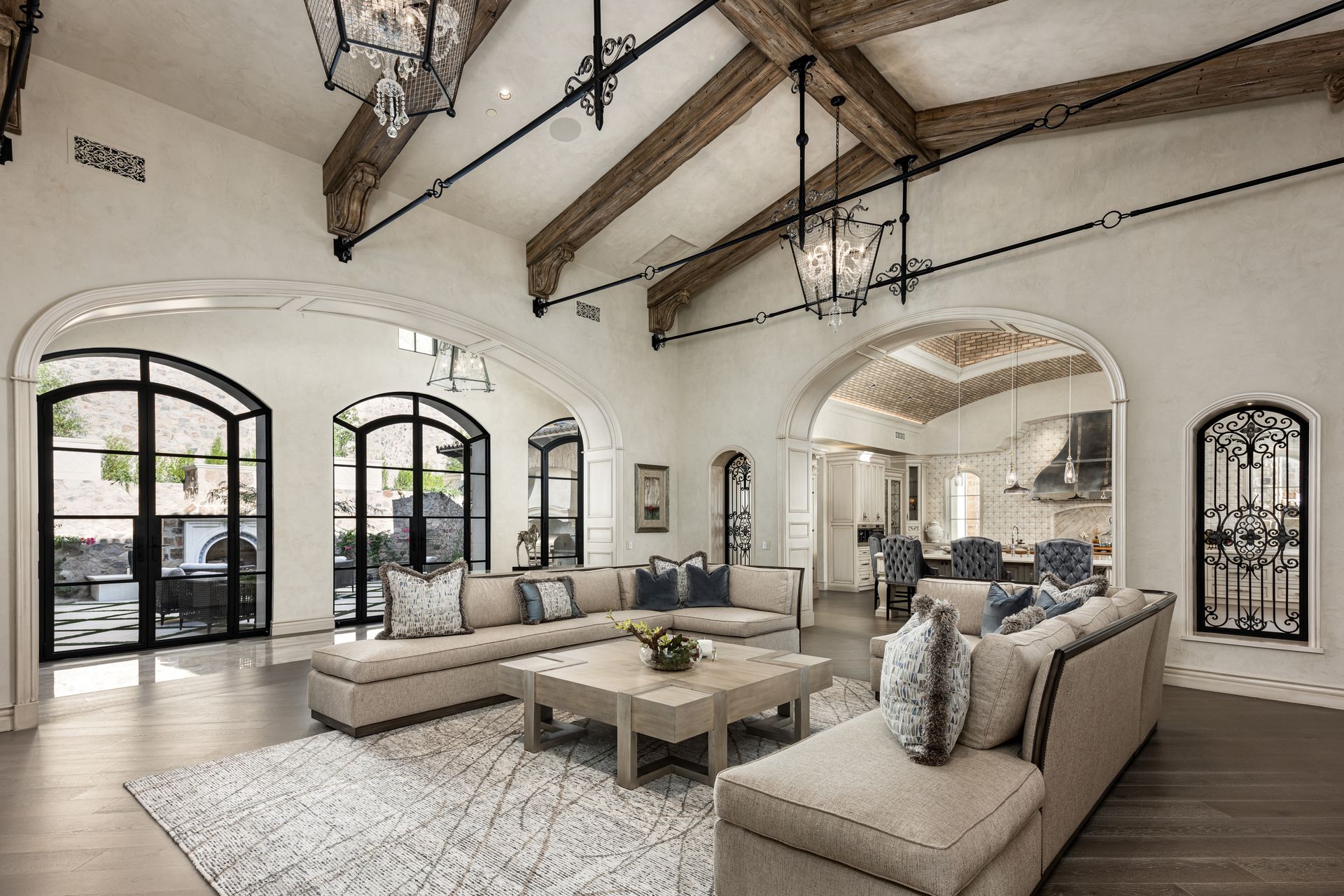
FAQ: Transitional Interior Design
Q: Can transitional design work in a historic home?
A: Absolutely. It’s an excellent way to preserve the home’s original charm while updating it for modern living.
Q: How do you prevent transitional design from feeling bland?
A: By layering textures, adding unique statement pieces, and incorporating subtle contrast in finishes and shapes.
Q: Is transitional design more expensive than other styles?
A: Not necessarily. The cost depends on material choices and scope, but its timeless nature can save money in the long run by avoiding frequent redesigns.
Key Takeaways
- Transitional design blends traditional and modern elements for timeless luxury.
- It’s versatile, comfortable, and adaptable to various architectural styles.
- Projects like Amber Gem Estate show how this balance creates inviting, enduring interiors.
- The key is intentionality, selecting elements that work in harmony, not competition.
Call to Action
Ready to enjoy the best of both worlds in your home? Let Fratantoni Interior Designers create a transitional interior that perfectly balances elegance and modern ease. Whether you’re in Scottsdale or across the country, our award-winning team will design a home that feels timeless, livable, and uniquely yours.


